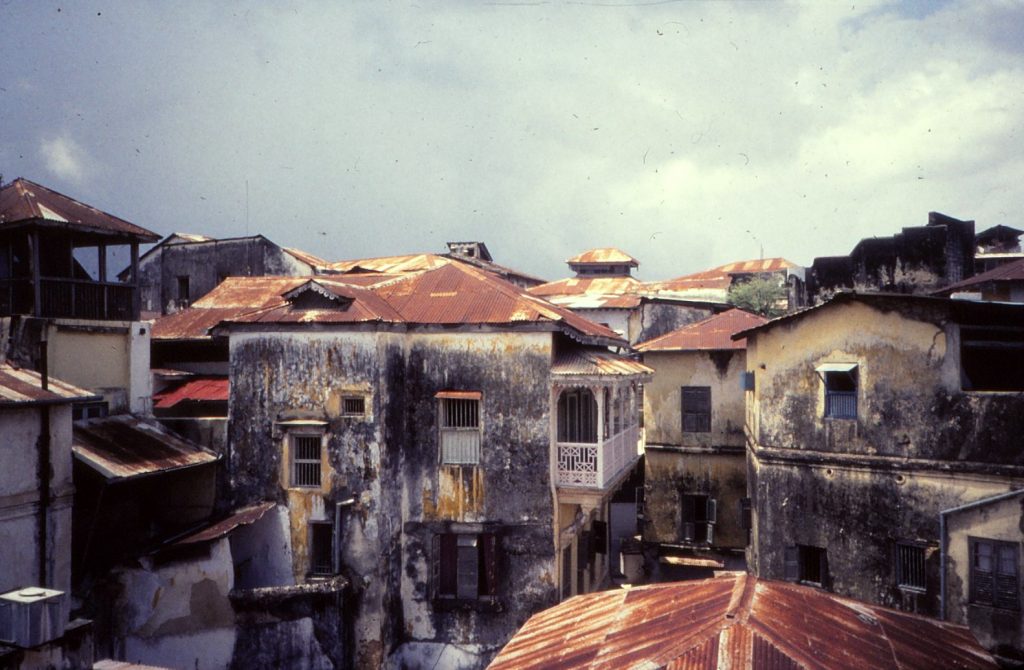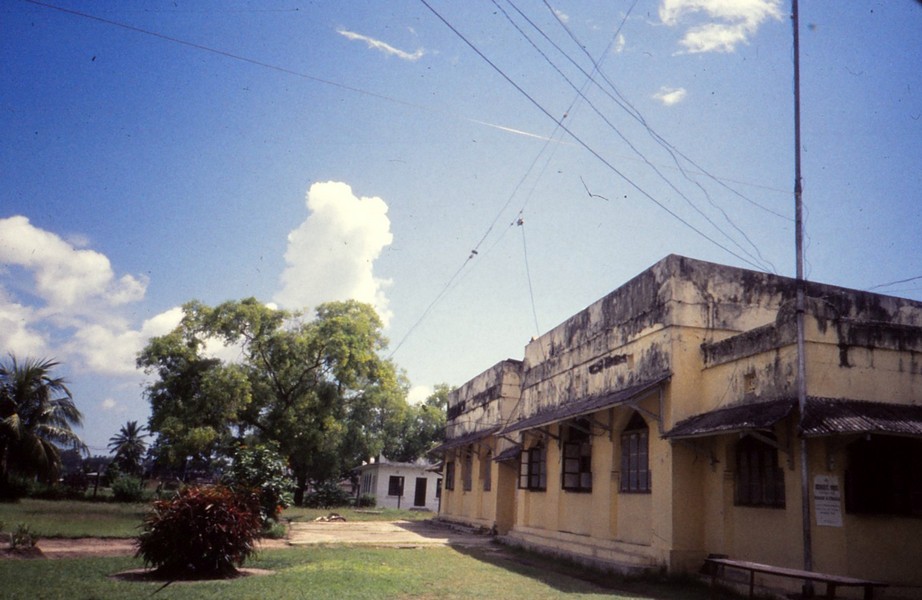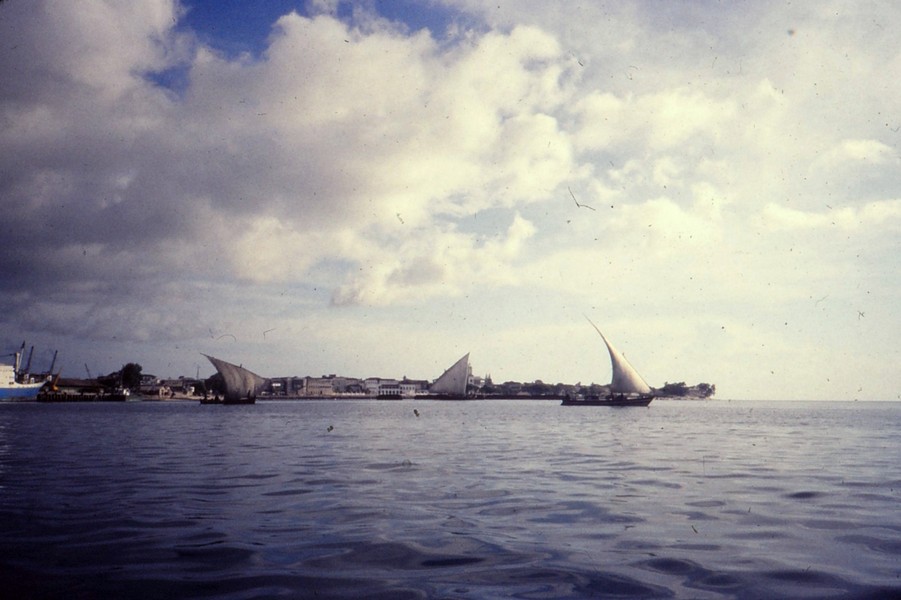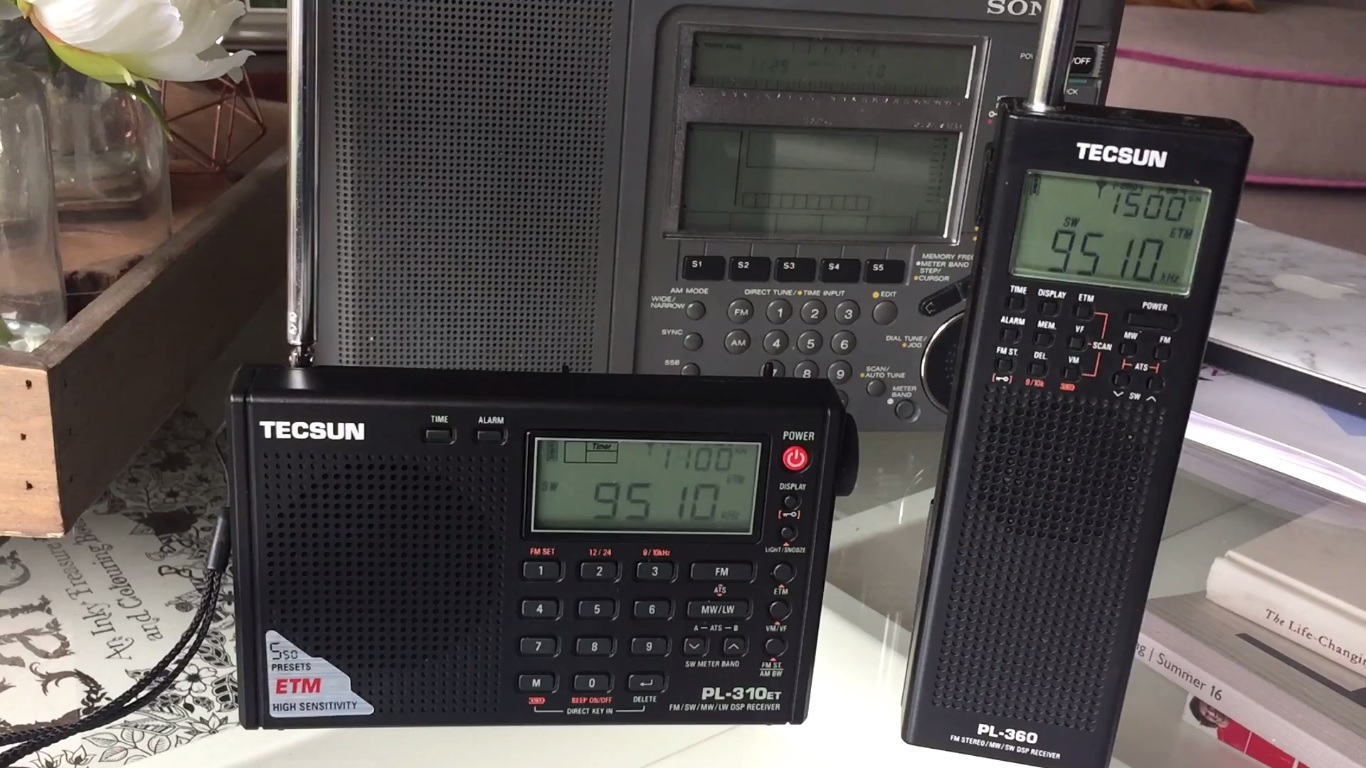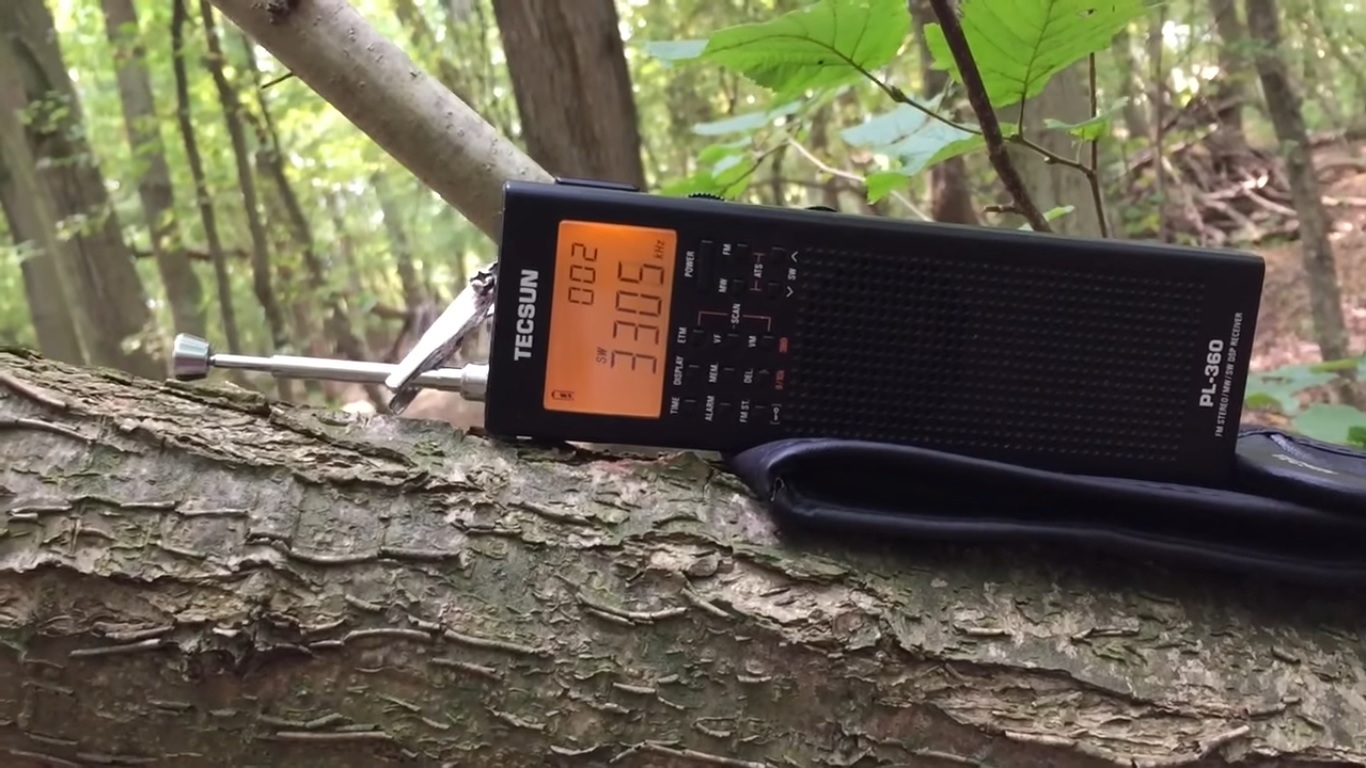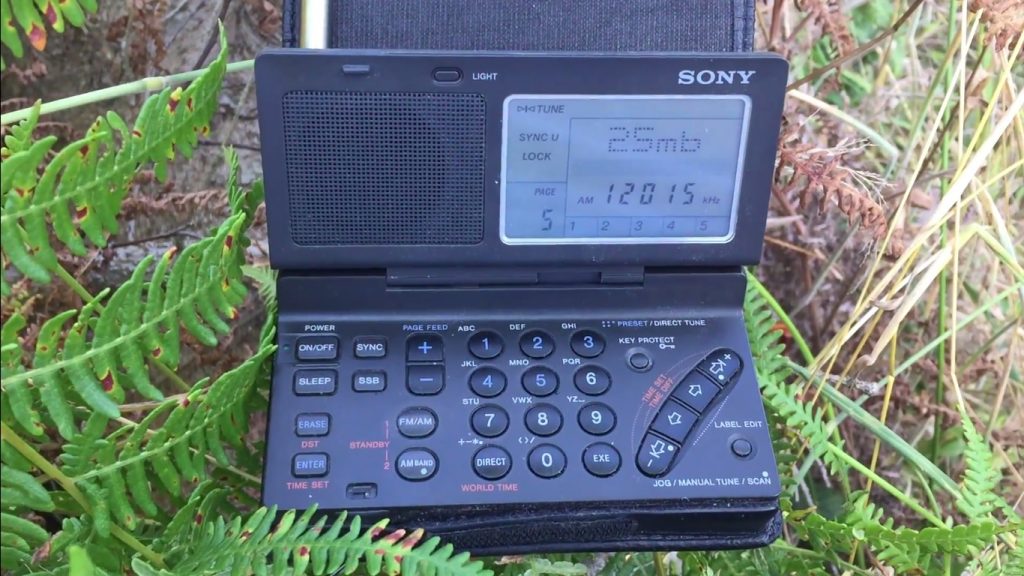Many thanks to SWLing Post contributor, Dan Robinson, who writes:
Here’s a blast from the past that might be interesting reading for the SWLing Post.
Back in 1986, just before ending my three year tour as VOA East Africa bureau chief, I had an opportunity to visit Zanzibar, with a group of journalists. Back then, Zanzibar was still under the socialist government in charge at the time, and was still attached to Tanzania’s socialist government.
Zanzibar town was full of old structures, and clay/stucco type buildings [see photo at top of page]–it was a wonderfully exotic place, with pristine beaches. The main hotel at the time was in poor condition — this was way before any of the extensive hotel development that the island has seen in recent decades.
One day we were traveling across the island, but I made a point of stopping at what was then still Radio Tanzania/Zanzibar. This was of course years before that station would become ZBC, which remains on the air today, and that time the power was still far lower than the station we know today that serves some fairly wide sections of East Africa and up into the Gulf region.
I hadn’t remembered snapping this photo, but found it recently while going through some old prints. This is what I believe to be Radio Tanzania/Zanzibar as it looked back in 1986 [see below].
Another photo [below] shows old Zanzibar town (shot taken from just off the shore).
Two other shots [below] show a graveyard on Grave Island, off Zanzibar, with one of the stones belonging to someone named Henry Bodley Carpenter (click here for more info) who served on the H.M.S. Briton and died in 1873.
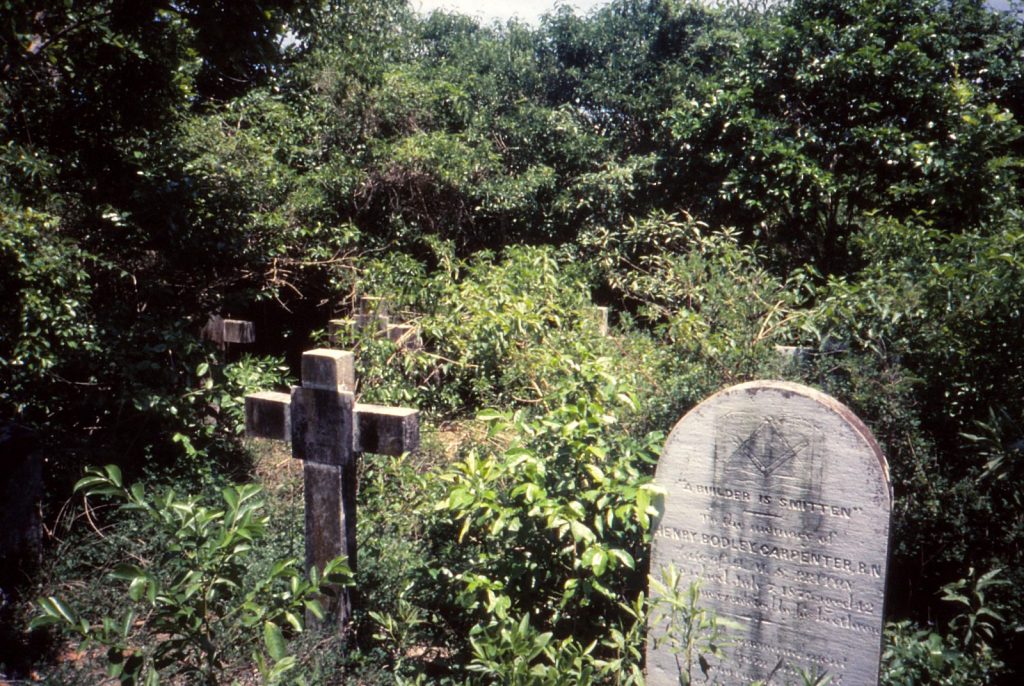
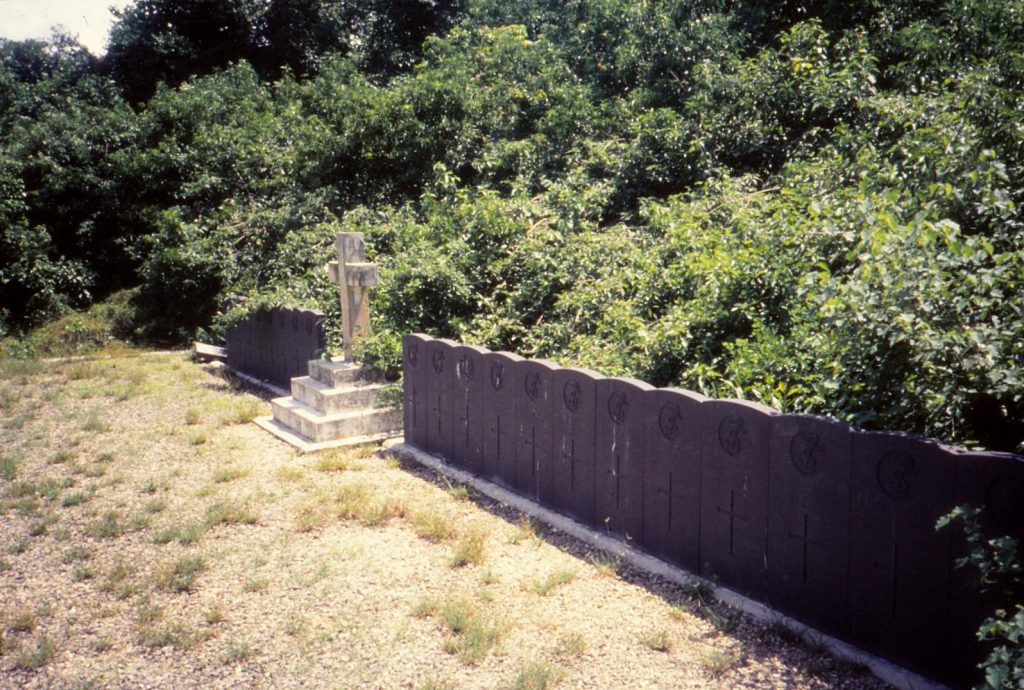 Thanks so much, Dan, for taking the time to share these photos of Zanzibar with us. I imagine your work with the Voice of America took you to many corners of our wonderful planet!
Thanks so much, Dan, for taking the time to share these photos of Zanzibar with us. I imagine your work with the Voice of America took you to many corners of our wonderful planet!
I still get a small thrill when I put Zanzibar in the logs! Thank you again.

